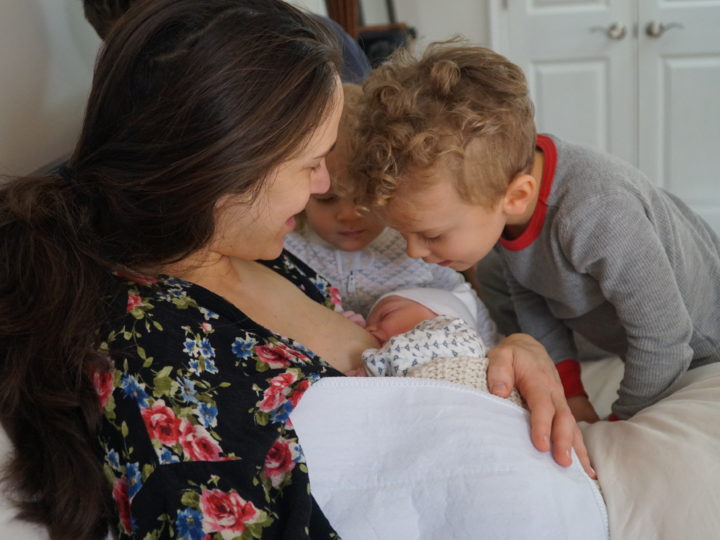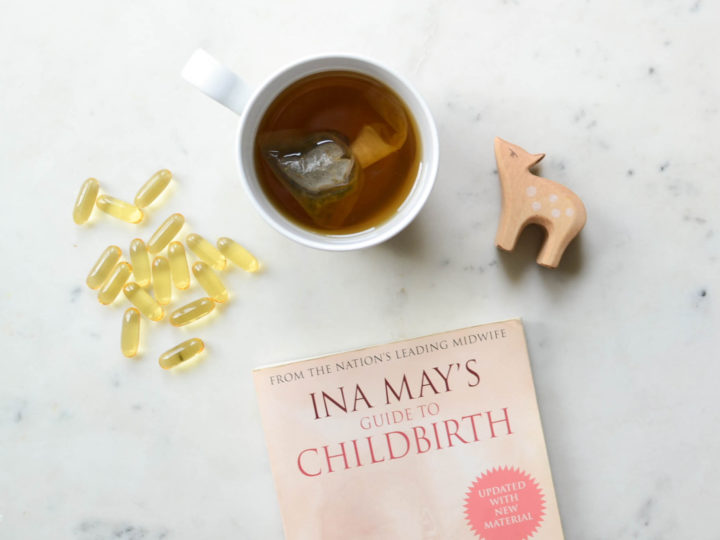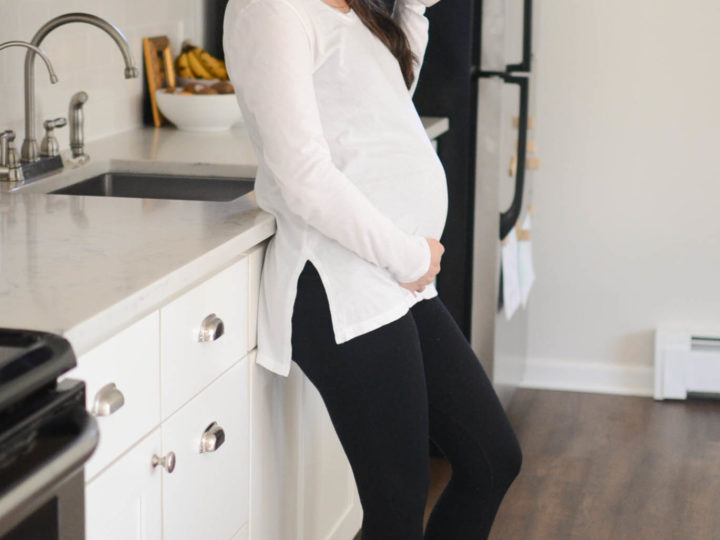I can barely contain my excitement about today’s post! Why? Because this is a topic women are not talking about enough and which affects our everyday life including our sex life, social life, exercise routines, day to day mothering and just about everything! Today, I have the honor of interviewing Ali Frendin, mum of two littles (yeah she’s an Aussie) and a women’s health personal trainer with over ten years experience. She practices a holistic and full body approach to health and exercise during pregnancy, postpartum and beyond and is backed by up to date research by leading women’s health physiotherapists. She offers coaching programs in her hometown in Australia as well as online programs for pregnancy, post-natal and pilates.
I came across Ali and Real Fitness for Mums on Instagram just after the birth of my second baby and am so glad I did! I am about half way through her Ultimate Core Restore program and have already had SO MUCH progress (keep reading for details)! After the birth of my first baby I had a small diastasis recti (abdominal separation) behind my belly button. I knew I shouldn’t do push ups, planks, sit-ups or anything that would put pressure on the separation and make it worse, but I couldn’t find much information on how to HEAL it besides surgery. I also felt like I was going to pee myself if I did high intensity (on the pelvic floor) exercises like jumping jacks. Before I could figure out what the next step was, I was pregnant again with my second and too sick to do anything.
Fast forward to after my second (vaginal) birth, which had zero trauma or tearing (unlike my first birth), I started having some pelvic floor issues. If I coughed or sneezed with a full bladder, pee would come out! Yikes! I have heard women chalk these problems up to pregnancy and birth, but turns out these things are NOT NORMAL! Also, that magic A-spot that used to be there during sex had vanished. TMI? Maybe, but if other women are having some of the same problems, I want them to learn about how they can heal their core! There is hope!
I downloaded the ebook, it was a lot of (good!) information, I felt overwhelmed (maybe it was just the sleep deprivation). My husband encouraged me to just look at the exercises for the week and not stress about week 10. After the first day I felt pretty discouraged. I had no idea how disconnected I was to my pelvic floor and glutes! I kept up with the program and by the end of the first week, I sneezed, and without even thinking about it, contracted my pelvic floor up! No pee! After the second week, that A-spot I was talking about (which was gone for at least 7 months) was magically there again! It makes total sense, but it wasn’t a side effect I even thought I would have!
I cannot recommend Ali’s Ultimate Core Restore program enough! She lays everything out in detail and makes it easy to understand. The program is designed to reconnect your brain to your muscles since pregnancy and birth severs that connection. She teaches how interconnected your pelvic floor is to your entire core and most importantly how to reprogram yourself to BREATHE correctly during daily activities like picking up babies and toddlers and during all types of exercise! Ali also gives you access to video tutorials which really helped me as a visual learner! This program is for women of ALL ages and stages of physical fitness. If you had your last baby 6 months ago or 16+ years ago, this program is for you! If you have never exercised a day in your life this is for you! If you worked out throughout your whole pregnancy this is also for you! Also, this isn’t just for women who had vaginal birth, if you had a cesarian, this is for you too!
Today, Ali is breaking down some common questions and misconceptions about women’s pelvic floor and core health postpartum. She has graciously offered to give you all 10% off her Ultimate Core Restore Program and other ebooks as well including her Prenatal Fitness Program and Ultimate Core Restore Stage #3 – HIIT for Mums! Use coupon code HELLOWF10 during checkout! (Keep in mind her website is in AUD not USD so it is cheaper for those in the states.) I hope you can benefit from her program as much as I have!

What is the pelvic floor and its function?
It is the muscles, ligaments and nerves inside pelvic cavity shaped like the inside of a bowl or hammock. They hold up pelvic organs, aid in sexual function (orgasm and erections), must relax for childbirth and aid continence (the ability to control bladder and bowel emptying). The pelvic floor connects to the tail bone, pubic bone and sit bones and is intricately connected to the femur (thigh bone, spine and glutes).
What should women know about their pelvic floor before, during and after pregnancy?
Women need to know that it’s part of the core and that the core is a system that is driven by the breath. Therefore the breath needs to be involved to train the pelvic floor. Everyone also needs to know that there are pelvic floor specialists out there, called women’s health physiotherapists in Australia and the UK and Pelvic Physical Therapists in the USA. These physios are highly specialised to treat, diagnose and assist women in the maternal years with all sorts of pelvic floor concerns.
Before pregnancy and birth it’s important to address any pelvic floor issues that could be exacerbated by pregnancy and birth. Many women experience SUI (Stress Urinary Incontinence) and pelvic pain and painful sex long before they ever become pregnant. During pregnancy the pelvic floor undergoes stretching and weakening due to the weight of the baby and uterus and the hormone relaxin which softens the pelvic ligaments.
I think the missing link in pre and postnatal care is educating expecting and new mothers on prolapse and diastasis recti, and the importance of restoring strength and tone to the pelvic floor post pregnancy. This is paramount especially if there was an episiotomy, tearing and any assisted birth method which double the risk of prolapse. Oh and don’t strain on the toilet! Get a squatty potty stool. The pelvic floor is also affected by stress, age and hormones. Women can often notice changes down there during menopause, and in the first 12 months post birth while the hormones are balancing out after pregnancy. It is vital to make the most of the 12 month period post-baby strengthening the pelvic floor while the tissues are still healing. When the pelvic floor muscles are weak, the ligaments will take on the extra load. However, ligaments do not return to previous strength once they are stretched. So we must take care with the exercise choices we make in this time. Lastly, as we age the pelvic floor is affected by our hormones, so many women experience prolapse during menopause regardless of if they have had children or not. This can be prevented with pelvic floor muscle training and education!
What are some signs that a woman has pelvic floor dysfunction after pregnancy?
Signs of pelvic floor dysfunction can be leaking after 6 weeks postpartum during ANY activity, not being able to hold on (urinary or fecal), ongoing back pain, pelvic pain (feels like period pain constantly), painful sex, a heavy or loose sensation in vagina, not being able to keep tampon in or pain while wearing one, problems going on the toilet and even recurrent UTI’s (urinary tract infections).
What is your take on postpartum belly wraps or binding?
More often than not, women who choose to wear a brace or belly wrap, experience worsening of their symptoms as the pressure caused by the wrapping places downward pressure on to the pelvic organs, causing or worsening prolapse and incontinence. Belly wrapping also can weaken the abdominal muscles and therefore cause more instability, back pain and weakness. Belly wrapping can have the same effect on the pelvic floor as constantly sucking the tummy in. We need to relax if we want to heal!
However, some women do need a brace. This is for women with major pelvic instability and large diastases. However, the duration they may need a brace would not be very long, as they would still be undergoing a holistic rehab program to retrain their abdominals and posture etc. There is a great brand in Australia called SRC shorts which support the belly from below.
What is diastasis recti?
Diastasis recti is the thinning and stretching of the connective tissue (linea alba) running down the front of your abdominal wall that joins the two sides of your ab muscles (rectus abs, six pack muscles). It is absolutely necessary to stretch to accomodate the growing belly and uterus. It doesn’t hurt and it varies from woman to woman. Even women who have never had a baby can have a small DR and so can men.
Tell us how to preform an at home check for diastasis recti.
After birth you can check your DR. My ebooks contain a step by step guide on how to do this. A women’s health physio also will do this when you book your first appointment and can help with your rehab. A deep, wide or long DR will impact core function more than a shallow or small one, however a healed DR is not about closing the gap but about how the connective tissue feels between the gap, especially when under load. Check it by lying down or standing up. Walk your finger tips down from your sternum to your pubic bone. usually the belly button has the widest gap but this is not the rule. If you have DR you will feel a soft and squishy gap between the two sides of the abdominal muscles. It is easier to feel this gap while performing a curl up on the floor. But it should also be checked in a relaxed position and while standing. Record the width, length and texture (firm or squishy) of the gap. If you notice a bulge anywhere, this may be a hernia. See your doctor right away if you suspect you have a hernia.
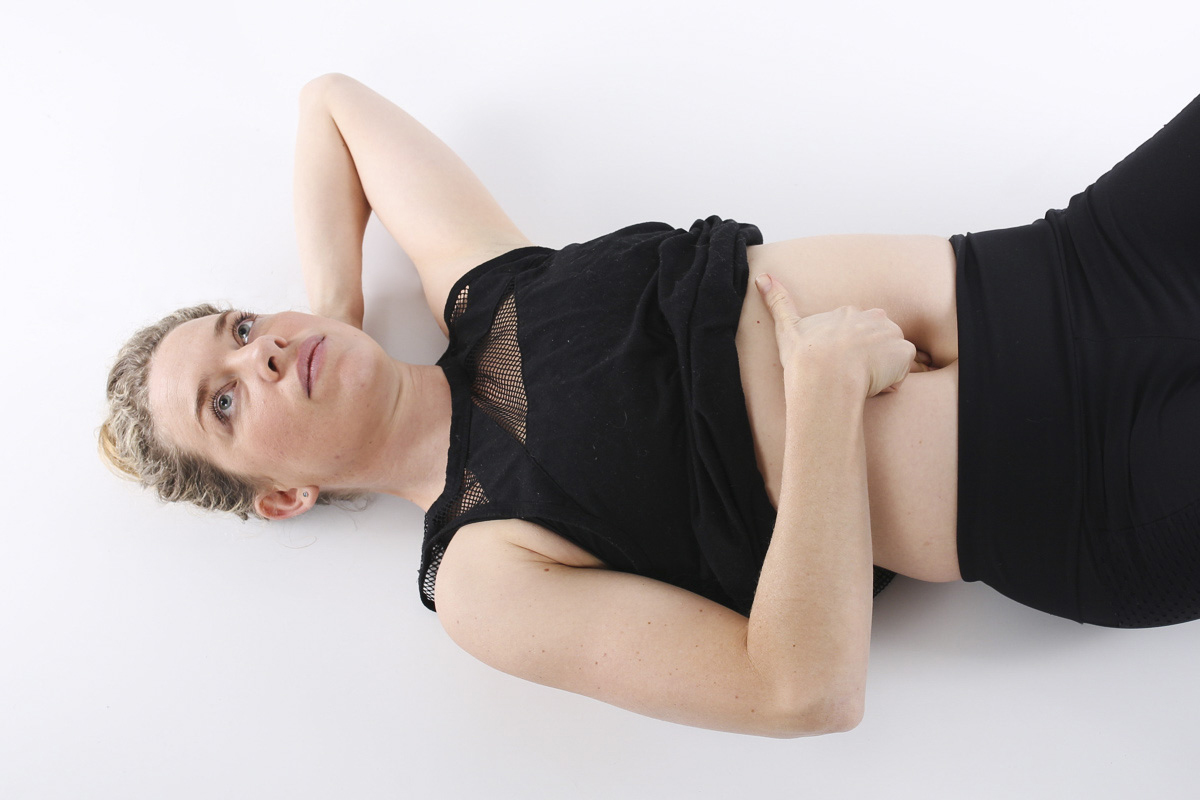
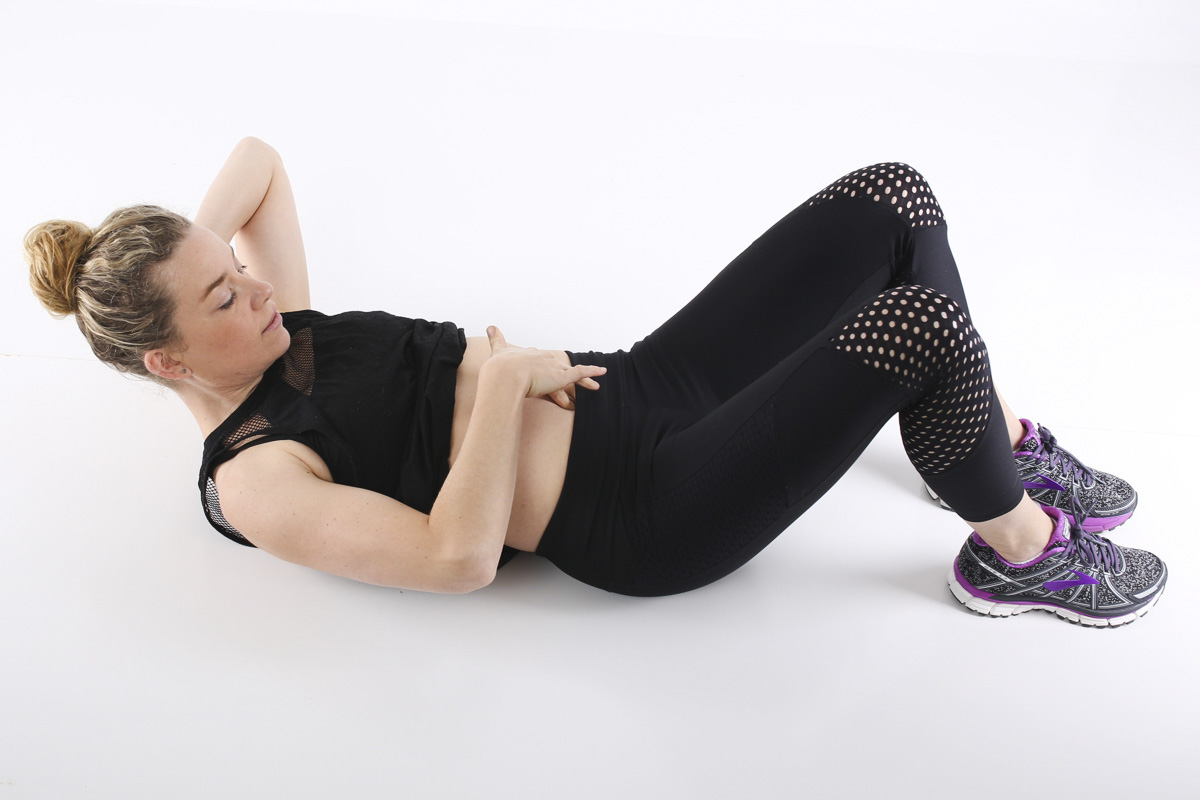
What do women need to know when first starting to exercise postpartum?
The first 6-8 weeks it is definitely a big NO from me to start high intensity training, whether that be running and jumping, skipping and intense core exercises, as well as weight training. But beyond that, what may be okay for one person will be not okay for another. It depends on whether the pelvic floor is over tight or a prolapse, whether there was a c-section scar, or an assisted birth. It depends on how you use your breath, and how strong you were prior to pregnancy. Basically view the first 9-10 months as though your body is still pregnant. It doesn’t mean you can’t do the types of exercise you love, it just means you have to modify and scale things back a bit, to rehab. Training should have more purpose than just getting your body back. You need to train for motherhood. It is a sport!
Can diastasis recti and pelvic floor dysfunction be fixed?
YES! Surgery is not the only answer. Pelvic physiotherapy is 80% successful (unlike surgery which can also cause more problems). Simple things like breathing can begin to heal PFD and DR and can be started the day after you give birth. EVERY woman should know how to use her breath, her core and her pelvic floor!
Comments (4)
-
The stage one ebook it out of stock. Do you know when it will be available?
-
Author
Looking into it right now! I will get back to you asap!
-
Author
Should be working now! Let me know if you have any trouble or questions!! xoxo
-
Yay! Thanks!!
-
-

